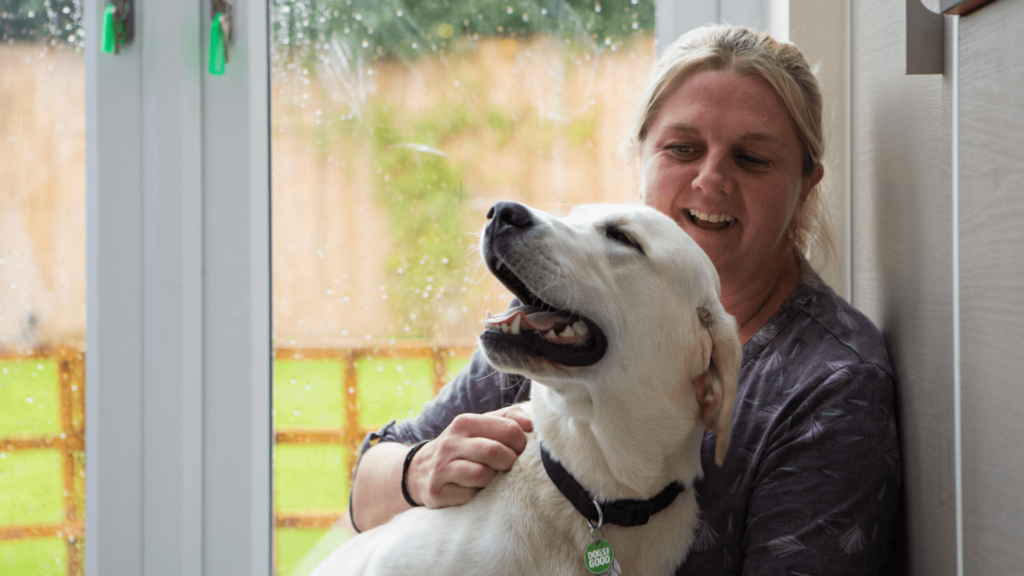How to protect your dog from theft: advice from Dogs for Good

It’s no exaggeration to say that when a dog goes missing or is stolen, it’s utterly heartbreaking. Simply thinking about it can cause your stomach to churn and your emotions to dip and dive.
But it’s a good idea to keep things in perspective. Yes, in the current Covid climate, dogs are at a premium and there has most definitely been a rise in dog theft. However, while the numbers are increasing, they still remain relatively low.
That said, it never hurts to take stock and ask yourself if you’re doing all you can to protect your dog from theft.
We’ve put together some things to consider to reduce the likelihood of your dog being taken and also to keep yourself safe.
Keeping eyes on your dog is still the best thing you can do to keep him or her safe. Using your phone to catch up with calls/emails when you’re out and about with your dog is a huge distraction… and thieves know that. Keep your phone in your pocket and those four legs in focus.
Garden access. Is your garden secure? Did you lock the gate? It’s always worth checking. And as before, keep an eye on your dog when they’re outside.
Don’t leave your dog outside shops. Our dogs are so precious and can be taken in a heartbeat. You wouldn’t leave your wallet or handbag unattended so don’t leave your dog alone.
Tinted car windows. A relatively cheap way to keep what’s in your car less visible to prying eyes.
Keep your dog ‘building side’. Where possible, try and keep your dog away from the side of the road when you’re out on a walk. Doing so will make it far more difficult for someone to open a car door, take your dog and drive off.
Poor recall. Remember Fenton? If your dog has poor recall, ‘social walks’, on the lead around your local area is fine. Give your dog plenty of opportunities to engage with what’s important to them – sniffing, looking around etc. – and they’ll feel the benefit. You can further add to their enrichment quota by spending time playing some brain games with them at home.
Safer spaces. Scope out some safer, free-run locations where you’ve got clear sight of your dog. Avoid wooded areas and keep to smaller open spaces where you can see all around you and your dog. You could also research private free run fields where you can book a slot and safely run your dog.
High–value food rewards. Small pieces of chicken, cheese or whatever your dog finds utterly delicious are a good way to ensure that your dog is motivated to come back to you.
Extendable leads. Used correctly, extendable leads are a good halfway house between a lead walk and a free run. Make sure you give your dog ten minutes or so at the start of the walk to interact with their environment by opening up the lead so they can shake off the cobwebs and explore safely. If you do this at the beginning of the walk, they’ll be happier to walk on a shorter lead for the rest of the walk.
Be less predictable. Try altering your route and, where practical, the time you walk your dog.
Walk with someone else. Even with the current restrictions, you can still take a walk with someone else as long as you keep a safe distance apart.
Photos. Make sure you’ve got plenty of recent photos of your dog clearly showing identifiable markings etc.
Microchips. Make sure your dog has been chipped and that you keep any changes to your details updated with the database. Also, because chips can move, it’s a good idea to ask your vet to scan your dog annually to check where the chip is.
If the unthinkable happens and your dog is taken, remember, you are not alone. There are plenty of online groups and pages offering help, guidance and support. DogLost is an excellent charity which provides a lost and found service which is free of charge. You should also notify police, dog wardens, vets and local rescue centres.
Help support our life-changing work...
Imagine if everyday tasks were so challenging or physically demanding they affected your quality of life. For many people living with a disability of families with a child with autism, that is their reality. Now imagine if a specially trained four-legged friend could restore your, or your family’s, independence.
The demand for our services is high and we can’t help as many people as we would like to without more funding. Please help us continue making life-changing differences for people with disabilities through the power of expertly trained dogs.
Every contribution, whatever size, is important and helps us make a difference.

